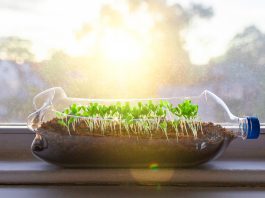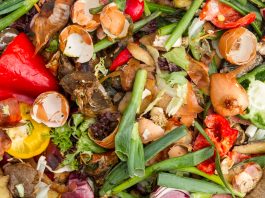Scientists discover a use for biotechnology in order to provide an alternative to egg white protein production that is more environmentally sustainable.
Research by the Future Sustainable Food Systems research group at the University of Helsinki, together with VTT Technical Research Centre of Finland, highlights that fungus-produced ovalbumin could have the potential to mitigate the environmental burden associated with chicken egg white protein powder. This is evident when using low carbon energy sources in the production.
Egg white protein production
Chicken egg white powder is an ingredient commonly used in the food industry due to the high-quality protein it contains. The yearly consumption of egg proteins in 2020 was around 1.6 million tons, with the market only expected to expand further in the coming years.
Its growing demand is raising questions about its production, both in terms of sustainability and ethics. Components of the egg white powder production chain-such as rearing chickens for egg production- generate large amounts of greenhouse gas emissions, contributing to water scarcity, biodiversity loss, and deforestation. Additionally, intensive chicken farming has resulted in outbreaks of zoonotic diseases by serving as an important reservoir for human pathogens.
Sustainable alternatives to animal-based proteins
Searching for sustainable alternatives to animal-based proteins has been of growing interest within the food industry. Cellular agriculture, also known as precision fermentation when used for recombinant ingredient production, offers a biotechnology-based solution to decouple the production of animal proteins from animal farming by utilising a microbial production system to produce the specific proteins instead.
“For example, more than half of the egg white powder protein content is ovalbumin,” explained Dr Emilia Nordlund from VTT Technical Research Centre of Finland. “VTT has succeeded in producing ovalbumin with the help of the filamentous ascomycete fungus Trichoderma reesei. The gene carrying the blueprints for ovalbumin is inserted by modern biotechnological tools into the fungus, which then produces and secretes the same protein that chickens produce. The ovalbumin protein is then separated from the cells, concentrated and dried to create a final functional product.”
Cell-cultured products generally need more electricity than typical agricultural products, and therefore the type of energy source used affects the level of environmental impact. However, the number of agricultural inputs needed for ovalbumin production by microbes – such as glucose – is largely substantially lower per kilogramme of protein powder.
“According to our research, this means that the fungus-produced ovalbumin reduced land use requirements by almost 90% and greenhouse gases by 31–55% compared to the production of its chicken-based counterpart,” explains Doctoral Researcher Natasha Järviö from the University of Helsinki. “In the future, when production is based on low carbon energy, precision fermentation has the potential to reduce the impact even by up to 72%.”
The results were less conclusive for the impact of water use on the environment, displaying a high degree of dependency on the assumed location of the ovalbumin production site. In general, the study demonstrates the potential of the precision fermentation technology to increase the sustainability of protein production, which can be further increased by the use of low-carbon energy sources.









